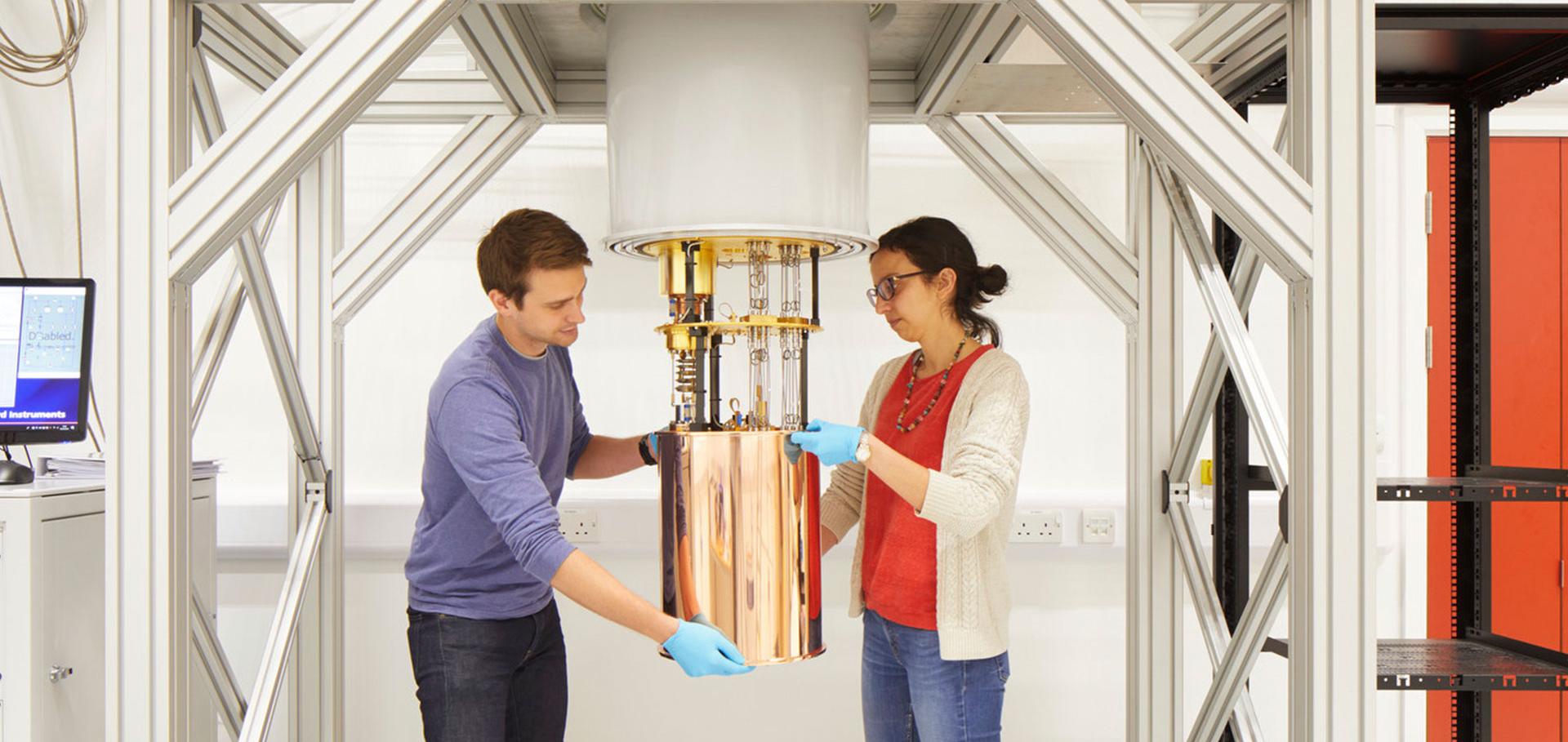Organic solvent free PbI2 recycling from perovskite solar cells using hot water
Abstract:
Reducing Nonradiative Losses in Perovskite LEDs Through Atomic Layer Deposition of Al2O3 on the Hole-injection Contact
Abstract:
Experimental research data collected in laboratories at the Clarendon Laboratory, 2020-2022.Device Performance of Emerging Photovoltaic Materials (Version 3)
Understanding and Minimizing VOC Losses in All‐Perovskite Tandem Photovoltaics
Thermally stable perovskite solar cells by all-vacuum deposition
Abstract:
Vacuum deposition is a solvent-free method suitable for growing thin films of metal halide perovskite (MHP) semiconductors. However, most reports of high-efficiency solar cells based on such vacuum-deposited MHP films incorporate solution-processed hole transport layers (HTLs), thereby complicating prospects of industrial upscaling and potentially affecting the overall device stability. In this work, we investigate organometallic copper phthalocyanine (CuPc) and zinc phthalocyanine (ZnPc) as alternative, low-cost, and durable HTLs in all-vacuum-deposited solvent-free formamidinium-cesium lead triodide [CH(NH2)2]0.83Cs0.17PbI3 (FACsPbI3) perovskite solar cells. We elucidate that the CuPc HTL, when employed in an “inverted” p–i–n solar cell configuration, attains a solar-to-electrical power conversion efficiency of up to 13.9%. Importantly, unencapsulated devices as large as 1 cm2 exhibited excellent long-term stability, demonstrating no observable degradation in efficiency after more than 5000 h in storage and 3700 h under 85 °C thermal stressing in N2 atmosphere.


